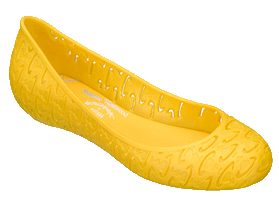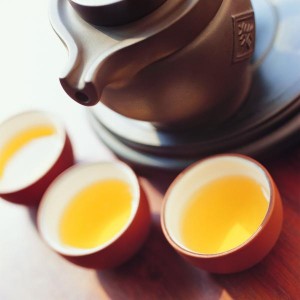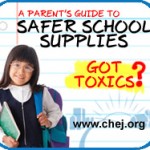TOXIC TOYS R US
My 2-year-old nephew is very excited for Christmas. When I asked him what he would like Santa (aka, me) to bring, he exclaimed, “Toyyyyys!!!!” I should have known.
Being the fastidious Aunt I am, I started researching presents. I came across what appeared to be common toys: train sets, stuffed animals, fire trucks, building blocks, books, puzzles. Then I came across a startling website that exposed the toxic truth behind many of today’s popular toys.
Toxic Toys R Us is working to inform consumers and investors about the dangerous chemicals lurking in children’s toys at Toys R Us—particularly PVC--the poison plastic. PVC has been linked to chronic diseases in children, birth defects, cancer, endocrine system disruption, reproductive impairment, and immune system suppression. Bottom line: PVC is really bad news. 
You may be wondering why they are targeting just Toys R Us when there are numerous toy stores on the market. In 2008, Toys R Us made a promise to reduce PVC plastics, phthalates, and lead in children’s and infant’s toys--a promise they broke. Toys R Us continues to sell products containing PVC without warnings or labels of any kind.
A report from the Center for Health, Environment & Justice (CHEJ) points out “in order for PVC to be used in toys, it must be mixed with lead, cadmium or organic chemicals containing tin.” When ingested, these chemicals are extremely toxic, especially for children. I think about my nephew playing with a PVC-laden toy, and imagine him biting it, or sticking it in the mouth of his younger sister. Though toys aren’t meant to be eaten, kids inadvertently ingest chemicals from them all the time.
What can you do to make sure the kids you care about aren’t being exposed to toxic chemicals? Take action and sign a petition urging Congress to eliminate PVC in toys. Share this story with your friends and family to help expose the truth. And most importantly, avoid buying toys containing PVC. Sign up with CHEJ to download a PVC-Free Guide for Your Family & Home.
***
Here are some companies and makers of non-toxic toys, suggested by our readers:
-
Pretty Dreamer--Original & handmade waldorf-inspired wood toys, art toys, home decor and housewares. All materials are carefully chosen and non-toxic. http://www.etsy.com/shop/prettydreamer
-
The Color Shop & More--Professional art supplies, anthroposophical books, Waldorf toys and children's books, etc. In Wilton, NH .http://www.facebook.com/pages/Wilton-NH/The-Color-Shop-and-More/85573709375


 shouldn’t be inhaled! As that is pretty much impossible to avoid, opt for a wig instead.
shouldn’t be inhaled! As that is pretty much impossible to avoid, opt for a wig instead.


